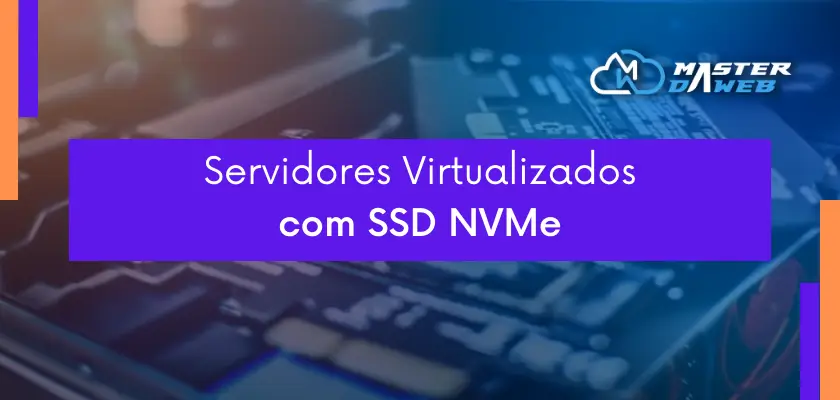IPv6 Applications: Preparing the Internet for the Future
- Daniel
- September 29, 2023
The constant evolution of technology and the exponential growth of the Internet have brought to light the need for a more robust and scalable addressing system to accommodate billions of connected devices around the world. In this context, IPv6 (Internet Protocol version 6) stood out as the next generation of the IP protocol, bringing a















